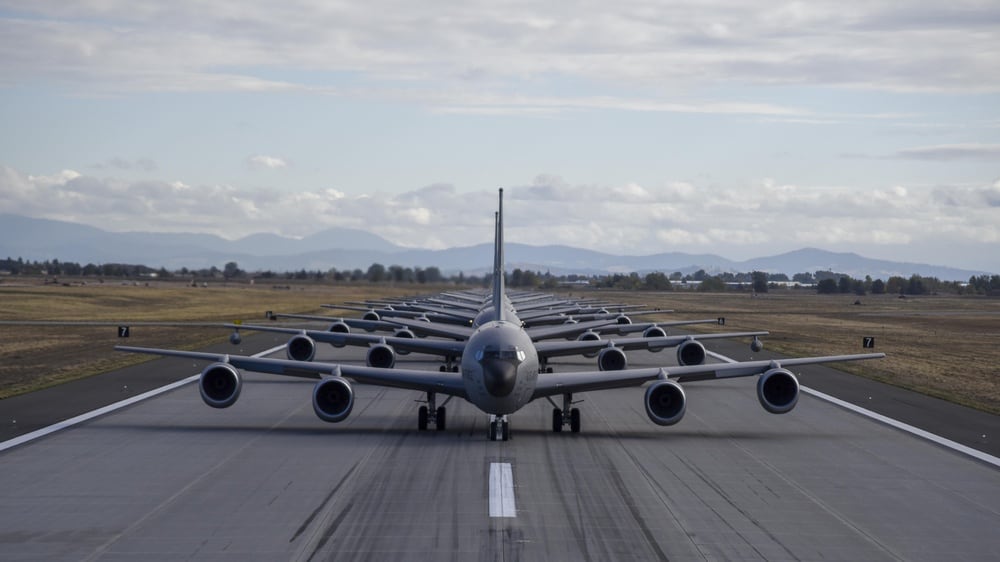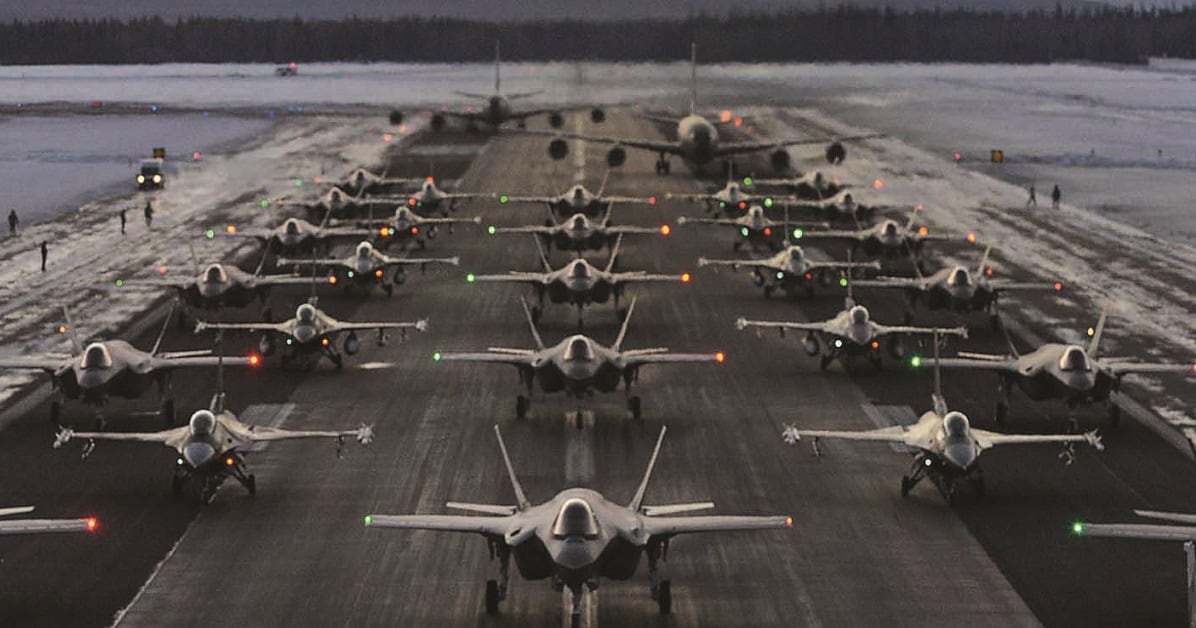The Air Force is rolling out a major change to how airmen prepare for combat deployments, hoping to reinforce those skills year-round rather than scramble at the last minute.
America’s airmen are worn out after decades of war in the Middle East. Their squadrons need a more predictable schedule in order to rest and recharge. But the service also wants to be able to respond to threats at a moment’s notice. That requires constant preparation and practice.
Service officials think they’ve found the solution in a new initiative called “Ready Airman Training.”
RELATED

That plan, which formally took effect Oct. 1, aims to build a solid foundation of field knowledge for the next era of combat. Officials hope it will make airmen more flexible and effective in the long run.
“We’ve had a very stable and manageable approach to … deployments,” Maj. Gen. Albert Miller, the service’s training and readiness director, told Air Force Times in an exclusive interview Sept. 30. “We [could] have them ready to deploy … in a ‘just-in-time’ fashion.”
“We’ve recognized now that we really should not have that as our approach,” he added.
Ready Airman Training is part of Air Force Chief of Staff Gen. Charles “CQ” Brown Jr.’s plan to move the service from its longtime expeditionary deployment model — which for years has provided forces to commanders around the globe nonstop but hurt training, crew rest and airmen’s home lives — to a more methodical approach.
The cyclical “force generation” process rotates through four phases: “reset,” “prepare,” “ready” and “available to commit.” That formally began service-wide on Oct. 1, too.
RELATED

One-fourth of the Air Force will be in each phase at any given time. Each step lasts six months, meaning units would ideally go more than a year between combat deployments.
The service has traditionally asked units to pack their pre-deployment training — spanning a dozen subjects from cross-cultural communication to survival techniques — into the final month before they leave. That only adds more stress for airmen already trying to find people to pay their bills, water their plants or care for their pets while they’re gone, Miller said.
Now, squadrons will spread out that training across 18 months before they can be assigned overseas.
“This lessens the amount of training in any one month and increases an airman’s ability to retain the information through repeated training events,” Miller said in a Sept. 29 memo.
He hopes it will create a new mindset: “‘I’m ready to do anything the nation calls me to do at any given time, because I do this consistent drumbeat of training to be ready.’”
RELATED

Airmen don’t have to check off each topic in a specific order. Instead, they should be sprinkled throughout the year. That’s particularly true for refresher courses, when someone may not need to rehash as much information.
Small firearms training, for example, typically entails visiting a gun range and walking through the steps like proper handling, sight alignment and clearing barrels. In the future, Miller said, a unit could bake some of those lessons into an exercise, or invite an expert to discuss it at a commander’s call.
“It’s little reminders of what they learned when they were at the range [in] the initial training, to keep that level of readiness up over time,” he said.
How much training an airman has to do depends on how up-to-date they are on those skills. Airmen who are considered inexperienced will need to log 40 hours of training, up from the previous expectation of 30 hours.
“Somebody’s going to say, ‘Well, you’re just asking us to do more,’” Miller said. “Yes, we are asking you to do more. But the reason is, we need you to increase your basic airman readiness.”
Once an airman qualifies as experienced, they won’t have to log as many training hours in order to remain current. The requirement drops to 24 hours for experienced airmen and 15 hours for those who are in staff roles or are nondeployable.
RELATED

Commanders will decide who is experienced or not for the next four years. After that, airmen who have completed the full gamut of training for at least four consecutive years, or two force-generation cycles, will count as “experienced,” Miller’s memo said. Airmen who haven’t will be deemed “inexperienced.”
To make sure people are on track, unit leaders are asked to include that progress in monthly readiness assessments that are sent to higher headquarters.
Airmen would still complete job-specific training on top of that baseline, Miller said. The same goes for “agile combat employment” exercises, which teach airmen how to handle missions without their normal resources, and “multi-capable airman” training to broaden someone’s skills beyond their own specialty.
The active duty Air Force has two years to fully adopt the new plan, while the Air Force Reserve and Air National Guard have four years.
“It’s a lot of the same stuff, but packaged to be more ready for almost anything,” Miller said.
Rachel Cohen is the editor of Air Force Times. She joined the publication as its senior reporter in March 2021. Her work has appeared in the Washington Post, the Frederick News-Post (Md.), Air and Space Forces Magazine, Inside Defense, Inside Health Policy and elsewhere.




